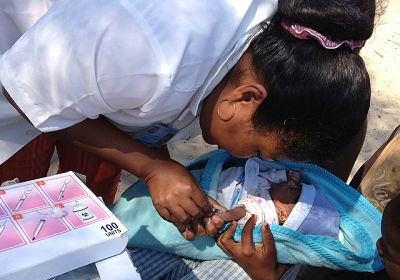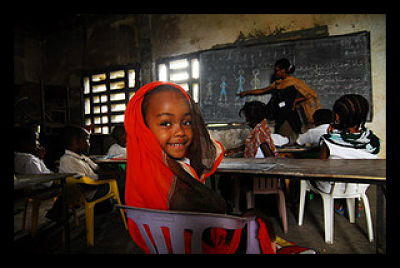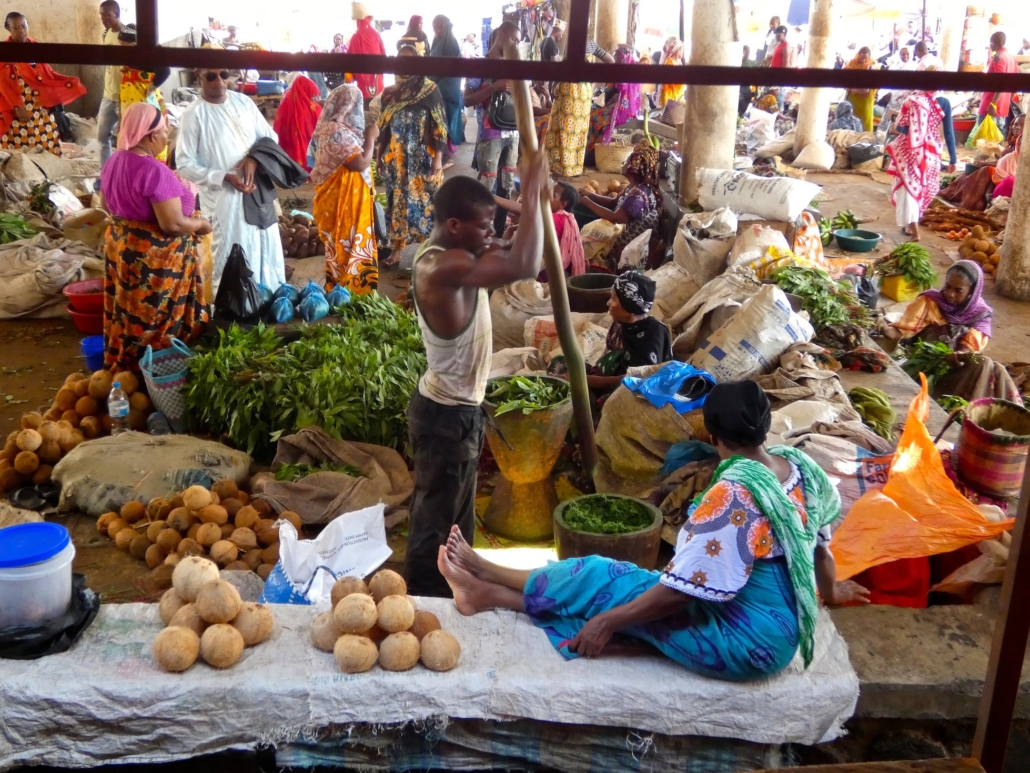
Comoros is an archipelagic country in the Indian Ocean near Madagascar and the Mozambique Channel. With nearly 300 inhabitants per square mile, Comoros is densely populated, which often culminates in natural disasters that place intense pressures on food supply. Today, an estimated 44% of the population faces either moderate or severe food insecurity. Hunger in Comoros is therefore a precarious dilemma that requires immediate intervention. Without the appropriate aid, thousands of people – especially children – are at risk of health concerns or mortality.
Natural Disasters
The high population density of Comoros strains both natural resources and the environment. Combined with the nation’s topography and location, this puts the country at constant risk of a variety of natural disasters including tropical storms, cyclones, volcanic eruptions, earthquakes and landslides. Hydrometeorological disasters in particular are expected to increase in frequency and intensity due to climate change. Projections indicate that the average annual temperature will rise an estimated 1.35°C by 2040-2059, 0.8-2.1°C by the 2060s and 1.2-3.6°C by the 2090s, raising the risk of extreme heat and floods.
While the impact of such disasters on food security is often observed in the destruction of food supply and arable land, the damage caused to transportation infrastructure obstructs local communities from access to key food products. In April 2019, Cyclone Kenneth damaged the substructure of Port Boingoma, one of the three major ports in the country, in addition to an estimated 10% of Comoros’s total road network. In 2023, the port was further degraded by Cyclone Cheneso, rendering it inaccessible an average of two working days per week. Due to ongoing transport issues, staples like seafood and rice in the Comorian diet have become unavailable or deteriorated beyond safe consumption. International commodities and goods that have managed to arrive without defects are subject to high prices to offset demand and transportation costs, excluding them from a vast majority of households in need.
Despite rationing and periodical shipments offered as recent solutions to supply chain interruptions, many Comorians today still suffer from hunger. With more than two-thirds of the population residing in rural areas and thus dependent on imports for survival, natural disasters and the resulting fragmentation of interisland connectivity play a large role in Comoros’s current hunger levels.
Children
Children are one of the most food-insecure groups in Comoros. According to the World Bank, chronic malnutrition currently leads to stunting in 31 out of every 100 children. In the Bambao region, more than one in five children under 5 are stunted and more than 13% are underweight or wasted. Factors such as low economic productivity, high unemployment rates and low quality of health care have been identified as major contributors to undernutrition. Additionally, waterborne diseases and unsanitary drinking water infrastructure have been correlated with common child health concerns such as diarrhea. Lastly, challenges to maternal health during pregnancy, which are directly linked to high adult food insecurity levels, frequently result in complications during birth that increase the risk of chronic health conditions for children that can manifest in the years leading up to adulthood.
World Bank and UNICEF
Comoros is in dire need of structural reform to alleviate nationwide food insecurity levels. Fortunately, organizations such as the World Bank and UNICEF are dedicated to helping hungry households by implementing several initiatives designed to improve interisland connectivity and child health care.
Formed in May 2022, the World Bank’s Comoros Interisland Connectivity Project prioritizes the strengthening of maritime transport resilience, connectivity and safety between the islands, specifically by rehabilitating Port Boingoma. The first phase of the project in 2022 primarily focused on constructing a breakwater to protect the port against waves, providing structural support to withstand extreme climates and maritime travel. Building upon the first phase, the second phase aims to expand port capacity, develop infrastructure at selected priority sites to assure safe passenger operations, and pilot a new passenger boat program. Although the project has yet to publish substantive metrics to illustrate its results, it hopes to establish overall improvements in the economy and reduce the likelihood of consumer product shortage throughout the archipelago by 2028.
Chiefly focused on improving the lives of children, UNICEF has continued to partner with Comoros’s Ministry of Health in a number of projects intended to reduce neonatal mortality and support child health service delivery. As of November 2023, UNICEF’s endorsement of the “kangaroo mother care” practice benefitted 1,478 preterm and low birth weight infants, resulting in a recovery rate of 90%. By implementing solar power in three Moheli health facilities, vital enhancements were made to medical infrastructure and quality of care, directly benefiting 15,452 women and 10,301 children under 5. UNICEF has also played a crucial role in boosting child nutrition rates throughout the country by distributing micronutrient supplements such as Vitamin A to an estimated 133,818 children.
Looking Ahead
The 2023 Global Hunger Index has categorized Comoros as having a level of hunger that is serious. The country’s high vulnerability to natural disasters places transportation systems at great risk of structural damage, resulting in the isolation of local communities that depend on trade for sustenance. Among the groups marginalized by systemic barriers, Comoran children are especially disadvantaged and often suffer from health conditions that arise from malnutrition such as stunting. However, organizations such as the World Bank and UNICEF are looking to provide innovative solutions to these issues by maximizing the use of their resources and existing state partnerships. Persistent intervention and reform by such groups will be the deciding factor for the relative health and security of Comorans in the years to come.
– Moon Jung Kim
Photo: Flickr
Updated: September 18, 2024
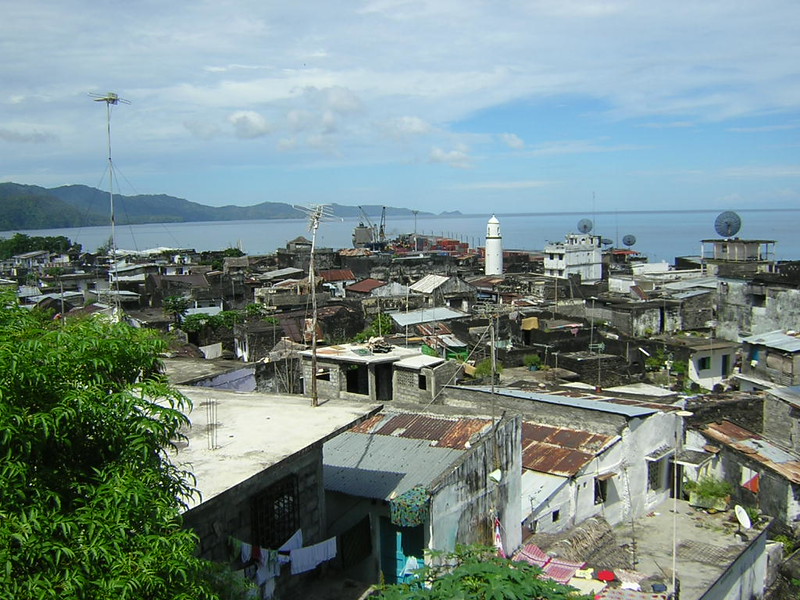 Comoros is an
Comoros is an 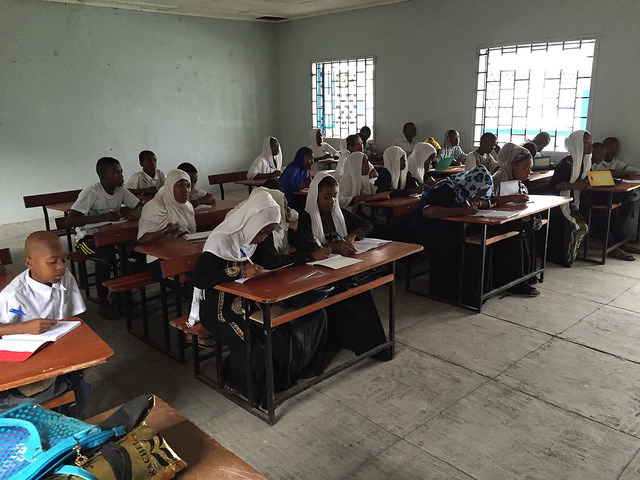 According to the
According to the 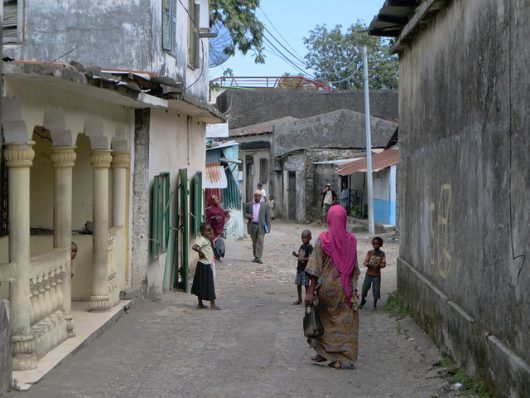
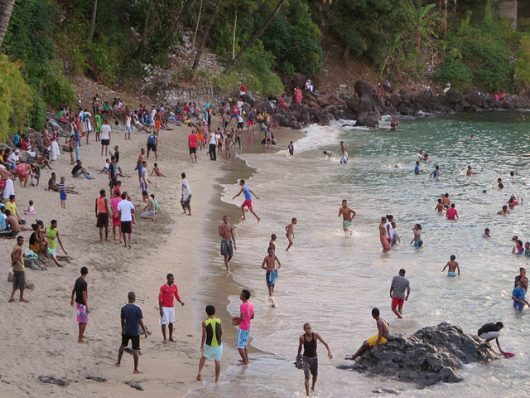 Comoros is a tropical archipelago nation located in the Indian Ocean towards the northern end of the Mozambique Channel. The island has numerous natural resources including fresh water, many species of edible plants and a wide variety of wildlife. Nevertheless, due to having some of the world’s most active volcanoes on the island, water quality in Comoros has become a concern for many living in the country.
Comoros is a tropical archipelago nation located in the Indian Ocean towards the northern end of the Mozambique Channel. The island has numerous natural resources including fresh water, many species of edible plants and a wide variety of wildlife. Nevertheless, due to having some of the world’s most active volcanoes on the island, water quality in Comoros has become a concern for many living in the country.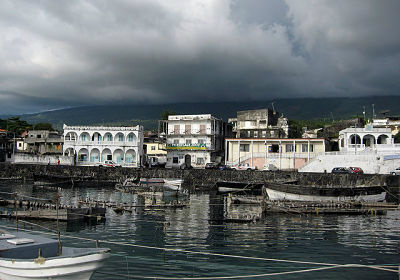
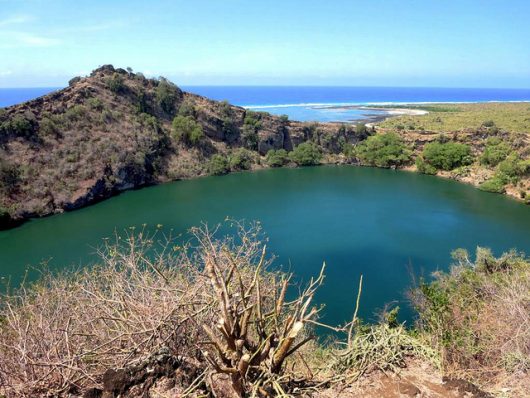 Comoros is a small island in the Indian Ocean, off the eastern coast of Africa. The nation only has a
Comoros is a small island in the Indian Ocean, off the eastern coast of Africa. The nation only has a 